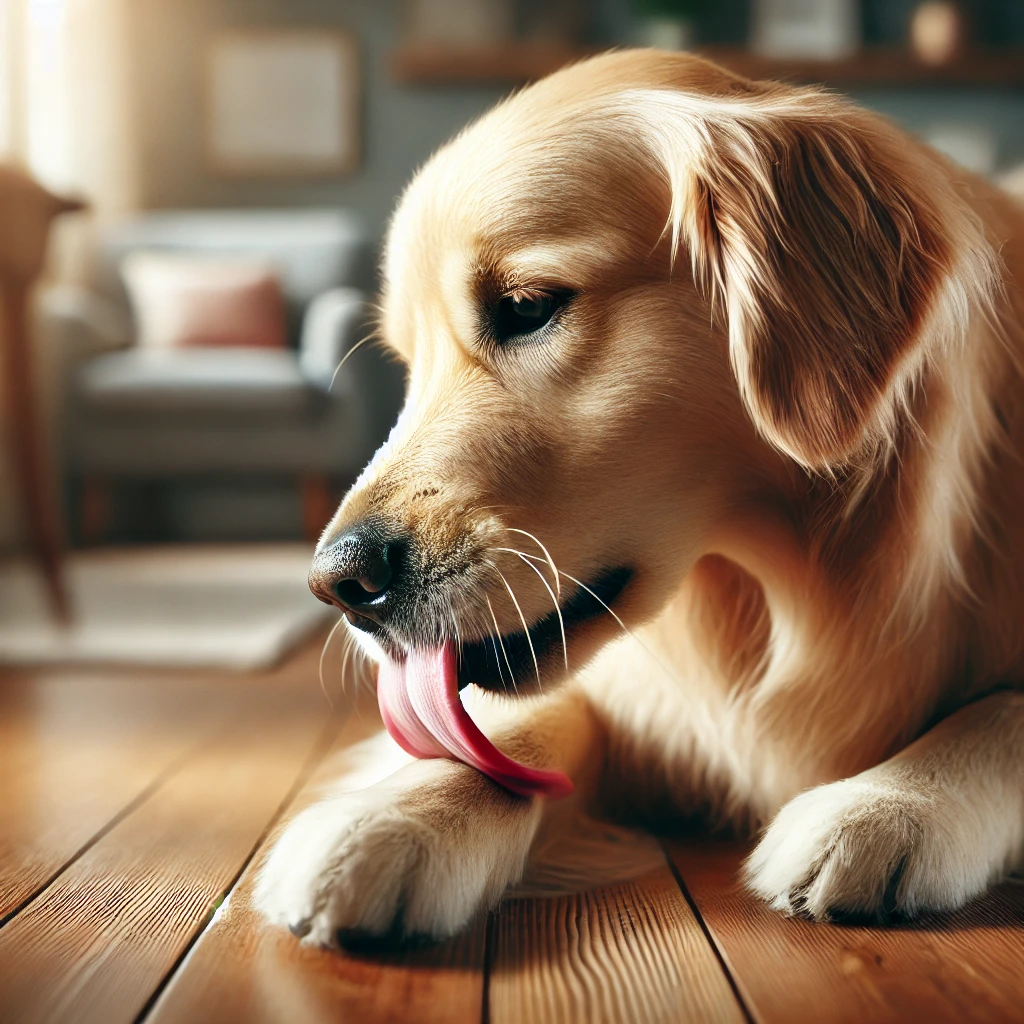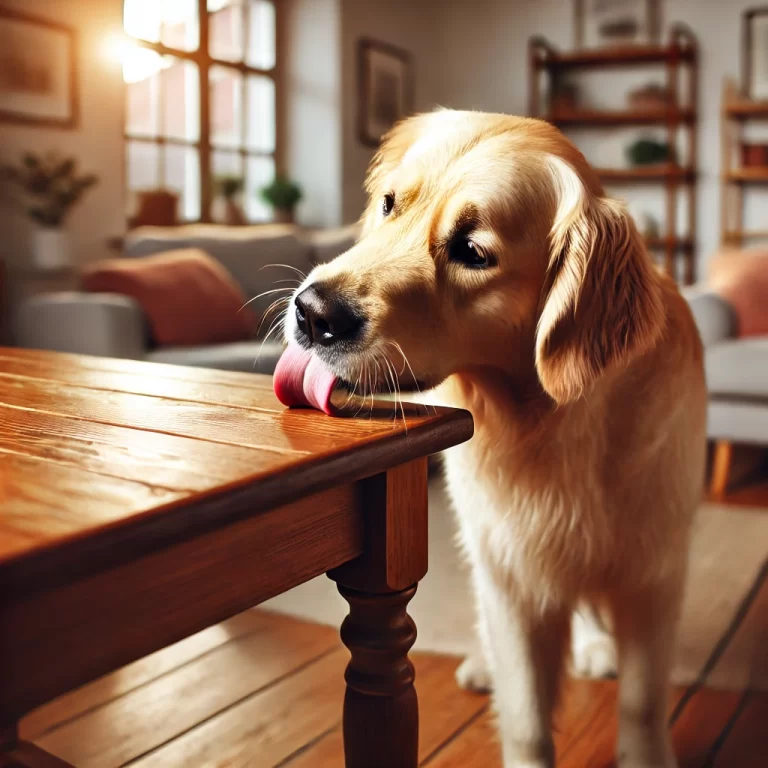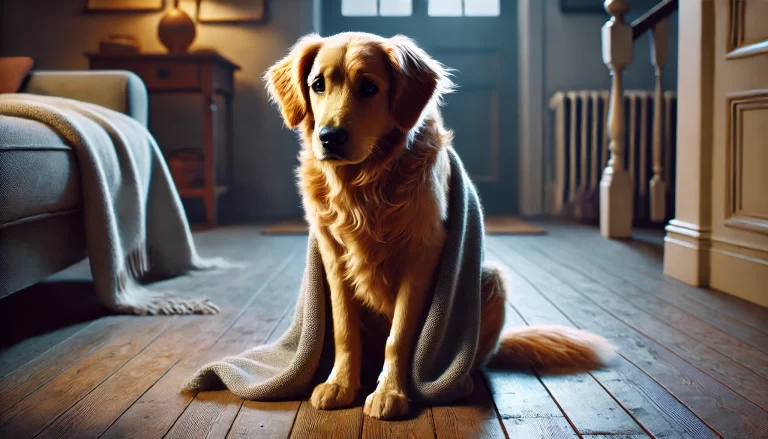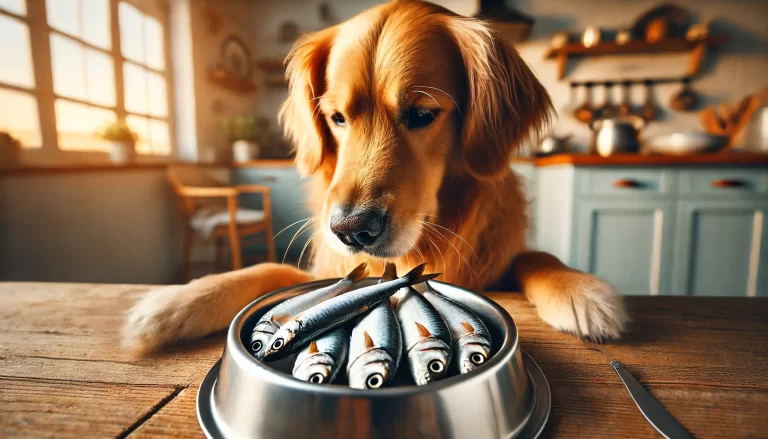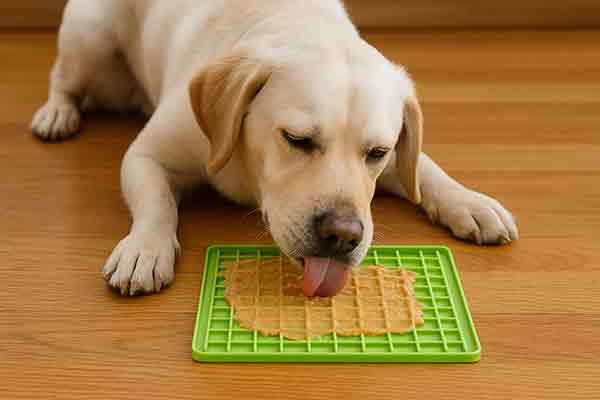Why Do Dogs Lick Their Paws?
Dogs licking their paws is a common behavior, but excessive licking can indicate underlying issues. While occasional licking is normal, persistent licking may signal allergies, infections, pain, anxiety, or even boredom. In this article, we’ll explore the reasons behind this behavior, when you should be concerned, and how to help your dog stop excessive paw licking.
Common Reasons Why Dogs Lick Their Paws
1. Allergies (Environmental or Food-Related)
One of the most frequent reasons dogs lick their paws excessively is due to allergies. Just like humans develop seasonal allergies, dogs can be allergic to pollen, dust mites, mold, or even specific foods. If your dog constantly licks its paws after going outside, environmental allergies may be to blame. Food allergies can also cause itchy paws, leading to excessive licking.
Signs of allergies in dogs:
-
Red, inflamed skin on the paws
-
Excessive scratching and licking
-
Ear infections or skin rashes
-
Gastrointestinal issues like diarrhea or vomiting
What to do:
-
If environmental allergies are suspected, wiping your dog’s paws with a damp cloth after walks can help remove allergens.
-
For food allergies, an elimination diet may be necessary to identify the culprit. Consult your vet for guidance.
2. Dry Skin or Paw Pad Irritation
Dogs’ paw pads can become dry, cracked, or irritated, leading to increased licking. This is especially common in winter when cold weather and road salt can dry out their pads. In summer, hot pavement can also cause irritation.
Signs of dry or irritated paw pads:
-
Cracked or peeling skin
-
Rough or hardened paw pads
-
Increased licking after walks
What to do:
-
Apply a dog-safe paw balm to keep pads moisturized.
-
Avoid walking on hot pavement or icy surfaces.
-
Rinse paws after walks to remove salt and chemicals.
3. Pain or Injury
If your dog suddenly starts licking one specific paw, it may be due to an injury such as a cut, thorn, insect bite, or a lodged foreign object like a splinter. Dogs instinctively lick wounds to clean them, but excessive licking can delay healing and cause infections.
Signs of an injury:
-
Favoring one paw or limping
-
Swelling or redness
-
Whining when the paw is touched
What to do:
-
Check the paw for any visible wounds, cuts, or objects stuck between the toes.
-
If you find a minor injury, clean it with mild antiseptic and apply a bandage if needed.
-
If swelling or pain persists, visit your vet.
4. Boredom or Anxiety
Some dogs lick their paws as a way to cope with boredom, stress, or anxiety. Dogs left alone for long periods or those with separation anxiety may develop compulsive licking as a self-soothing mechanism.
Signs of stress-related licking:
-
Licking occurs mostly when the dog is alone or inactive
-
Other signs of anxiety, such as whining, pacing, or destructive behavior
-
No visible skin irritation or injury
What to do:
-
Provide mental stimulation with puzzle toys, training, and exercise.
-
If anxiety is the issue, consider calming products like pheromone diffusers or anxiety wraps.
-
For severe cases, consult a vet or animal behaviorist.
5. Parasites (Fleas, Ticks, or Mites)
Fleas, ticks, and mites can cause severe itching and discomfort, leading dogs to lick and chew their paws excessively. Even if you don’t see fleas, they can still be present.
Signs of parasite infestations:
-
Excessive scratching, biting, or licking
-
Hair loss or red patches on the skin
-
Tiny black flea dirt on the fur
What to do:
-
Check for fleas using a fine-tooth flea comb.
-
Use vet-recommended flea and tick preventatives.
-
If mites are suspected, a vet visit is necessary for proper diagnosis and treatment.
When to See a Vet About Your Dog’s Paw Licking
While occasional paw licking is normal, persistent or obsessive licking should not be ignored. If your dog’s paws become red, swollen, or show signs of infection, consult your vet. A professional can determine whether allergies, infections, injuries, or other health concerns are the cause.
Signs that require veterinary attention:
-
Raw or bleeding paws
-
Persistent licking despite home remedies
-
Limping or difficulty walking
-
Signs of infection (pus, swelling, odor)
How to Stop Excessive Paw Licking
If your dog’s licking is becoming problematic, here are some steps to help:






Final Thoughts
Dogs lick their paws for various reasons, ranging from minor irritations to serious health conditions. Occasional licking is normal, but if your dog is obsessively licking its paws, it’s crucial to identify the underlying cause and take action. Whether it’s allergies, injuries, parasites, or behavioral issues, proper care and preventive measures can help keep your dog comfortable and healthy.
If your dog’s licking persists or worsens, consult your veterinarian to ensure the best course of action. Keeping an eye on your dog’s behavior and providing proper paw care will contribute to their overall well-being and happiness.
Would you like an image to accompany this article for SEO purposes? Let me know how I can assist further!

